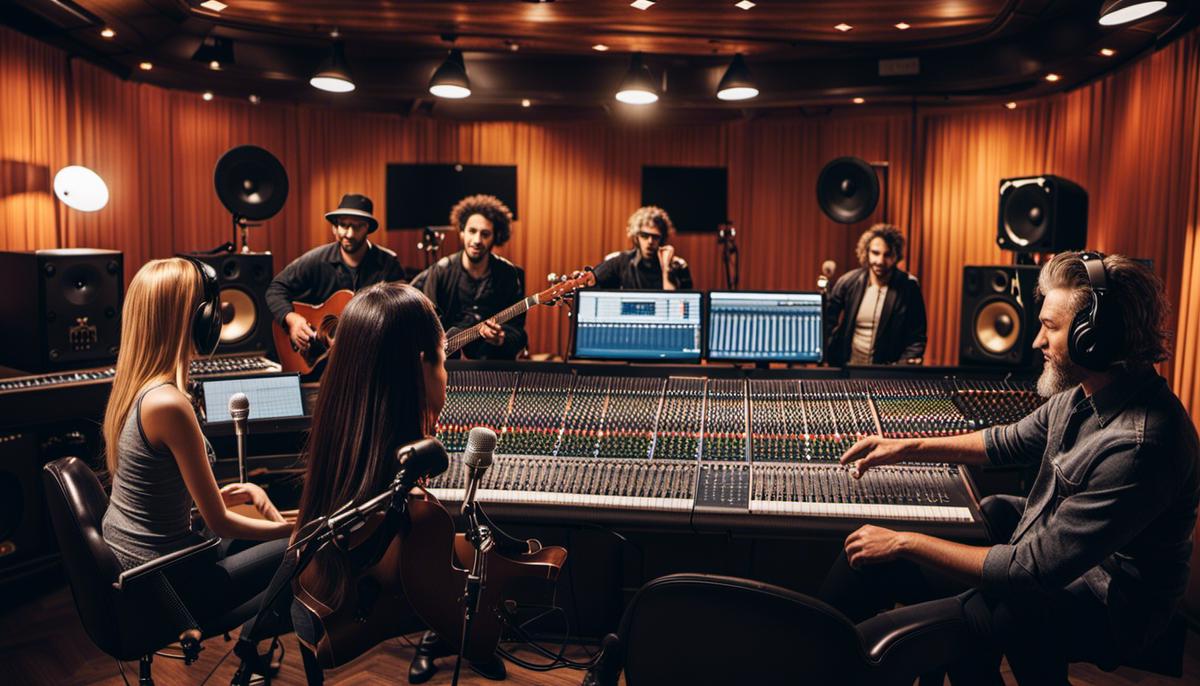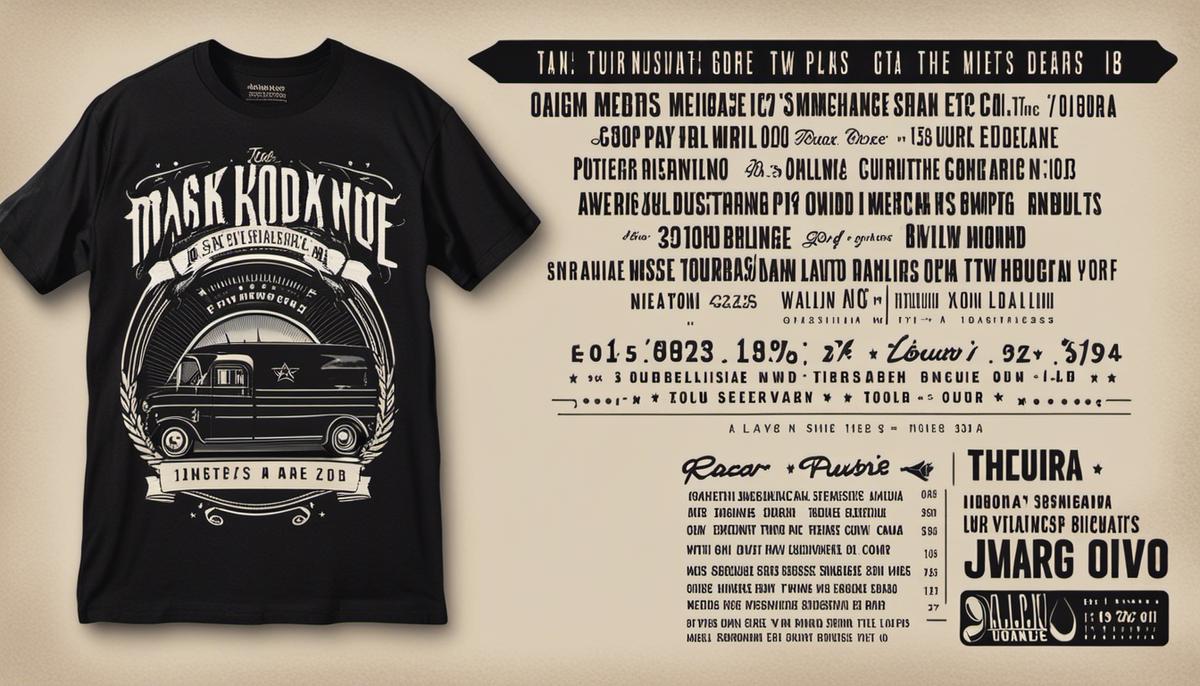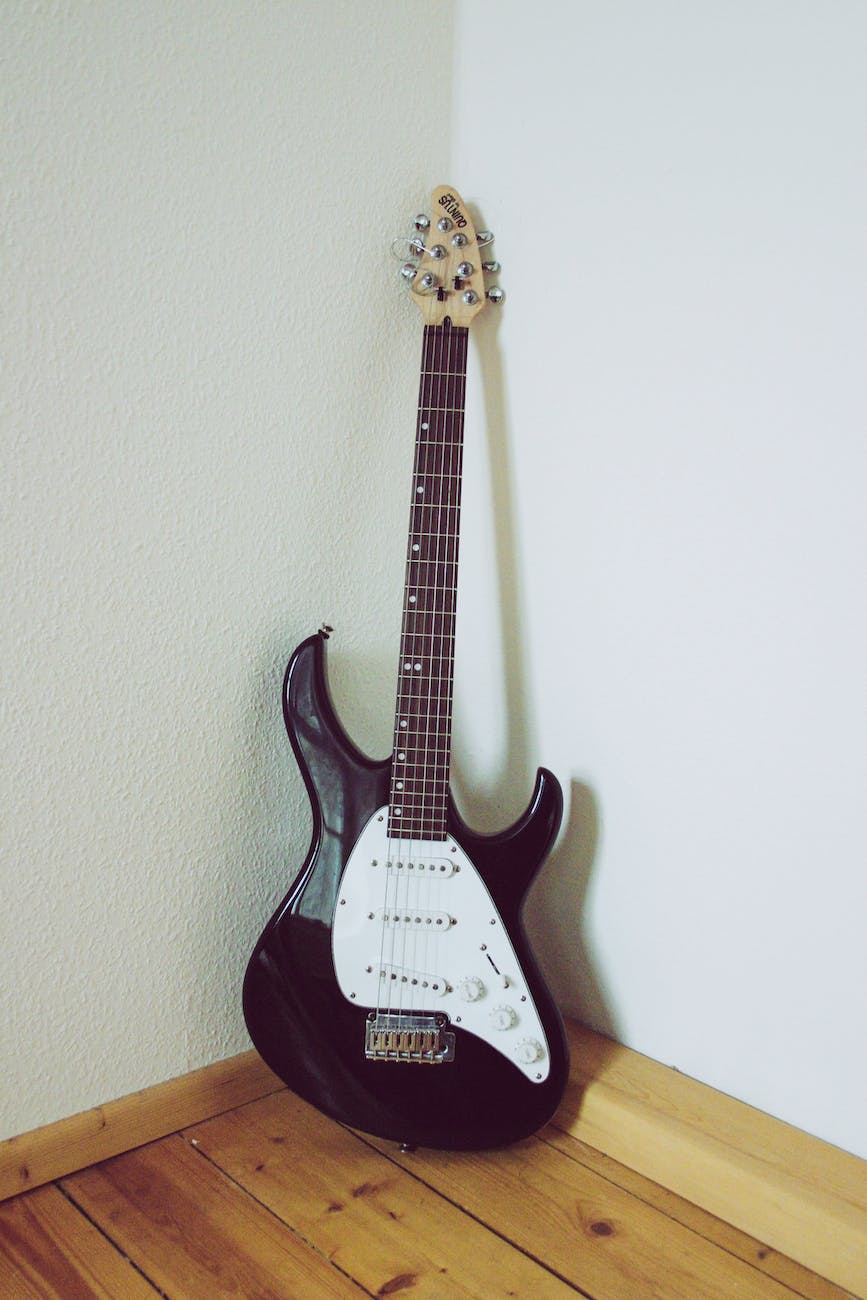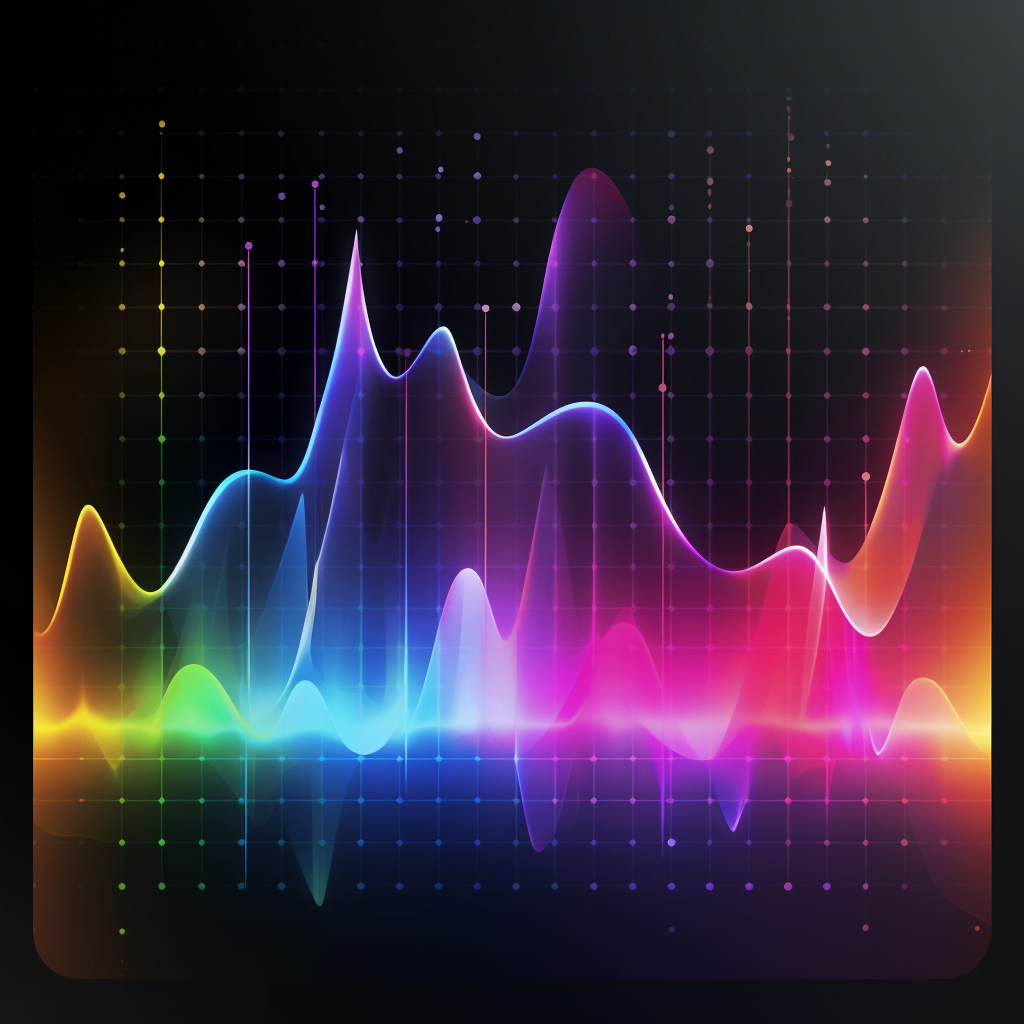Top 5 Tips for TikTok Music Marketing (2023) | Success in Music Business
Introduction To TikTok Music Marketing TikTok music marketing is important to master if you want to grow your brand. With its boundless potential, TikTok offers numerous opportunities for artists and music professionals to connect with a global audience and showcase their music, reaching beyond traditional boundaries. In this article, we share tips for effective TikTok … Read more









